The exotic pet trade represents a fascinating intersection of human desire for the unique and the biological needs of non-domesticated animals. As the popularity of keeping unusual species as companions grows, so too do questions about our breeding practices and their implications. While traditional pets like dogs and cats have undergone centuries of selective breeding, many exotic species are relative newcomers to captivity, presenting unique ethical dilemmas.
This article explores the complex relationship between aesthetic preferences in breeding and the health consequences for exotic animals, examining whether our fascination with unusual appearances might come at a cost to animal welfare.
The Rise of Exotic Pet Ownership
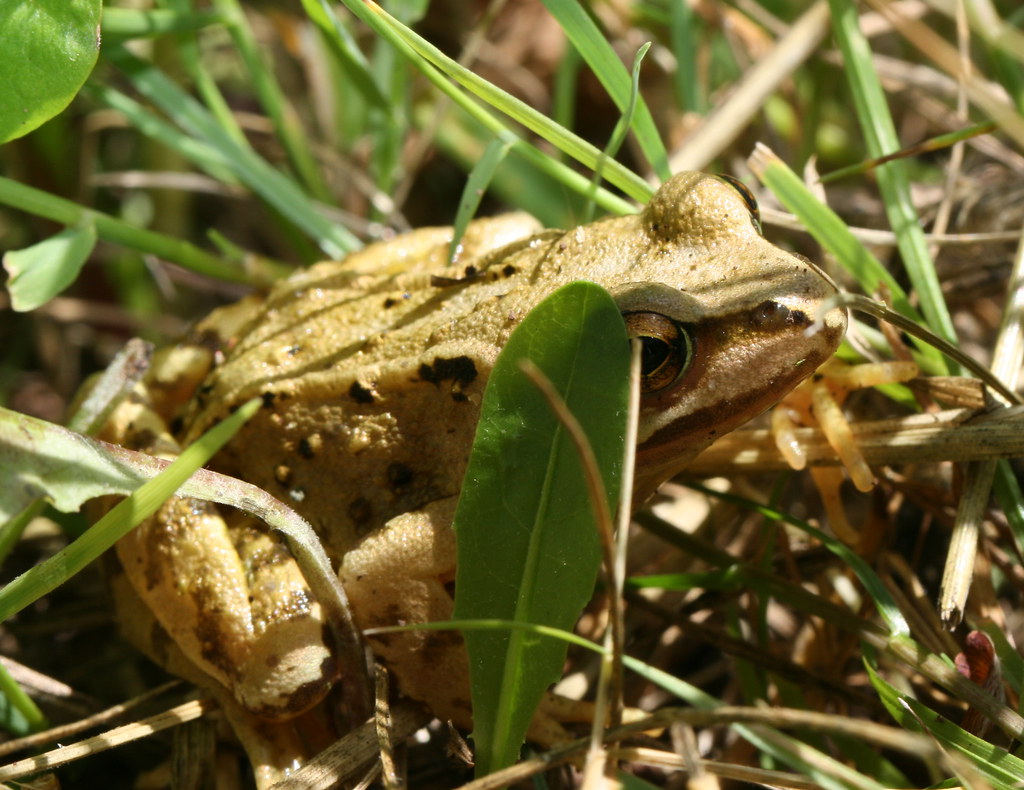
Exotic pet ownership has surged dramatically in recent decades, with species once considered purely wildlife now appearing in homes worldwide. From reptiles and amphibians to unusual mammals and invertebrates, the market continues to expand as enthusiasts seek distinctive animal companions. This trend has been fueled by social media, where striking animals can quickly gain attention and desirability.
The American Pet Products Association estimates that millions of U.S. households now keep reptiles, small exotic mammals, or other non-traditional pets. This boom has created specialized breeding operations dedicated to producing animals with specific traits, colors, and patterns that might rarely or never occur in wild populations.
Morphs, Mutations, and Marketability

In the exotic pet industry, the term “morph” refers to an animal displaying a genetic variation that alters its appearance from the wild-type form. These variations might affect coloration, pattern, scale texture, or even body structure. Breeders selectively pair animals with desirable traits to produce offspring with predictable characteristics, creating a marketplace where rarity and novelty command premium prices.
The ball python industry exemplifies this trend, with certain morphs selling for thousands or even tens of thousands of dollars. While some mutations occur naturally, breeders deliberately perpetuate and combine them, creating ever more dramatic departures from natural appearances. This practice raises questions about whether aesthetic considerations are overshadowing health considerations.
The Economics of Exotic Breeding

Financial incentives significantly influence breeding decisions in the exotic pet industry. Novel appearances can transform ordinary species into lucrative commodities, with first-generation mutations often commanding extraordinary prices. The economic structure of the exotic pet trade rewards visual distinction over health stability, particularly when new morphs first enter the market. Breeders may recoup substantial investments by producing animals with eye-catching appearances, regardless of potential health implications.
This economic reality creates a problematic incentive system where rushing new genetic combinations to market might take precedence over long-term health studies. Some high-end morphs represent investments comparable to luxury goods, further distancing breeding decisions from welfare considerations.
Genetic Health Consequences

Many appearance-focused breeding practices can inadvertently compromise animal health through genetic complications. In reptiles, certain color mutations like “Spider” in ball pythons and “Enigma” in leopard geckos have been linked to neurological issues affecting balance, feeding, and quality of life. These conditions persist because the genes controlling desirable appearance traits are linked to those causing health problems.
In exotic mammals, selective breeding for features like unusually small size or distinctive coloration often involves inbreeding, reducing genetic diversity and increasing vulnerability to disease. Some mutations directly impact physiological functions, as seen in “scaleless” reptiles that lack the natural protection their scales provide. These health consequences may not be immediately apparent but can significantly reduce lifespan and quality of life.
The Ethics of Aesthetic Breeding
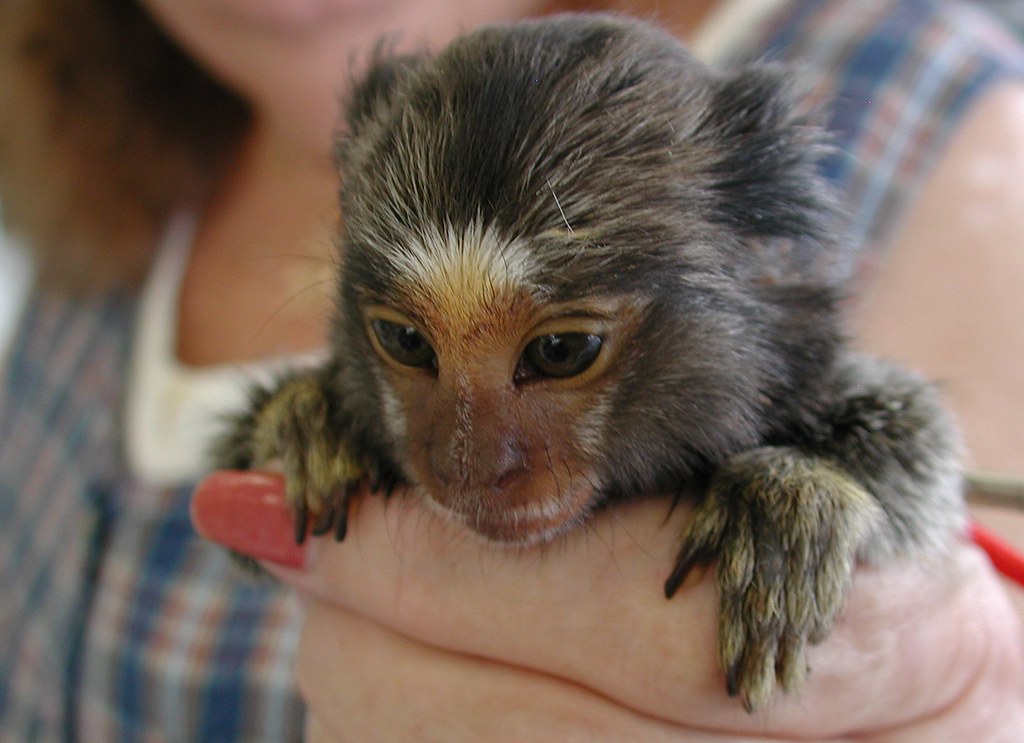
The ethical dimensions of breeding for appearance extend beyond individual animals to broader questions of responsibility and purpose. Critics argue that deliberately perpetuating mutations with known health defects prioritizes human aesthetic preferences over animal welfare. This perspective suggests that creating animals predisposed to suffering, even if that suffering is not immediately apparent, crosses ethical boundaries. Conversely, proponents contend that responsible breeding can isolate desirable traits while working to eliminate health complications, pointing to successful examples in traditional pets.
The question becomes particularly complex when considering that many exotic species retain much of their wild nature, potentially making them less adaptable to genetic manipulation than long-domesticated animals. Ethical frameworks must balance respect for species integrity with the reality of captive breeding programs.
Conservation Implications

Captive breeding of exotic animals maintains a complicated relationship with conservation efforts. In some cases, captive breeding programs preserve species threatened in their natural habitats, creating insurance populations with genetic diversity. However, breeding focused on novel appearances often diverges from conservation goals, creating animals with little resemblance to their wild counterparts and questionable value to species preservation. The emphasis on unusual traits can potentially undermine true conservation breeding by directing resources and attention toward commercially viable variations rather than maintaining natural genetic diversity.
Additionally, the exotic pet trade may contribute to population pressures on wild animals when collection from natural habitats continues alongside captive breeding. Conservation scientists generally distinguish between true conservation breeding programs and appearance-focused commercial breeding operations.
Regulatory Oversight and Standards
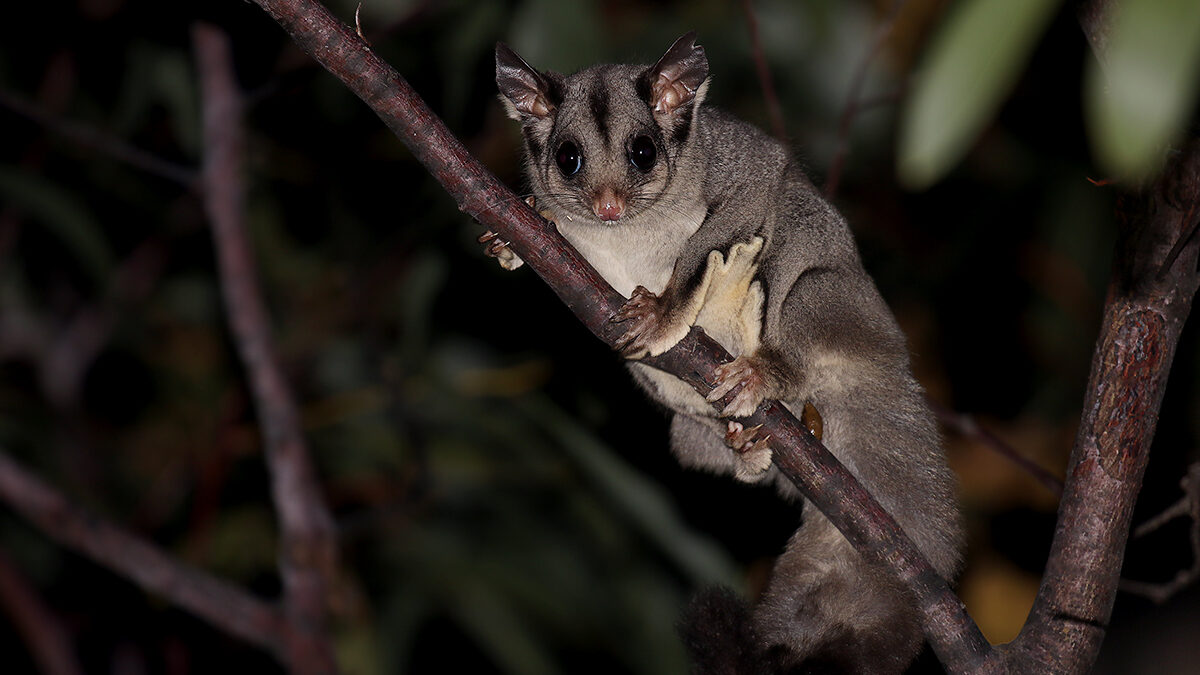
Unlike dog and cat breeding, which faces varying degrees of regulation in many countries, exotic animal breeding often operates with minimal oversight. Few jurisdictions have specific regulations addressing genetic health in exotic species, leaving welfare standards largely to industry self-regulation. This regulatory gap makes it difficult to establish and enforce breeding standards that prioritize health over appearance. In the United States, for instance, the Animal Welfare Act provides limited protections for certain exotic species but does not address genetic health issues resulting from selective breeding.
Some reptile and exotic mammal organizations have developed voluntary codes of ethics addressing breeding practices, but enforcement mechanisms remain limited. The absence of comprehensive regulation allows potentially problematic breeding practices to continue without external review.
The Role of Consumer Demand
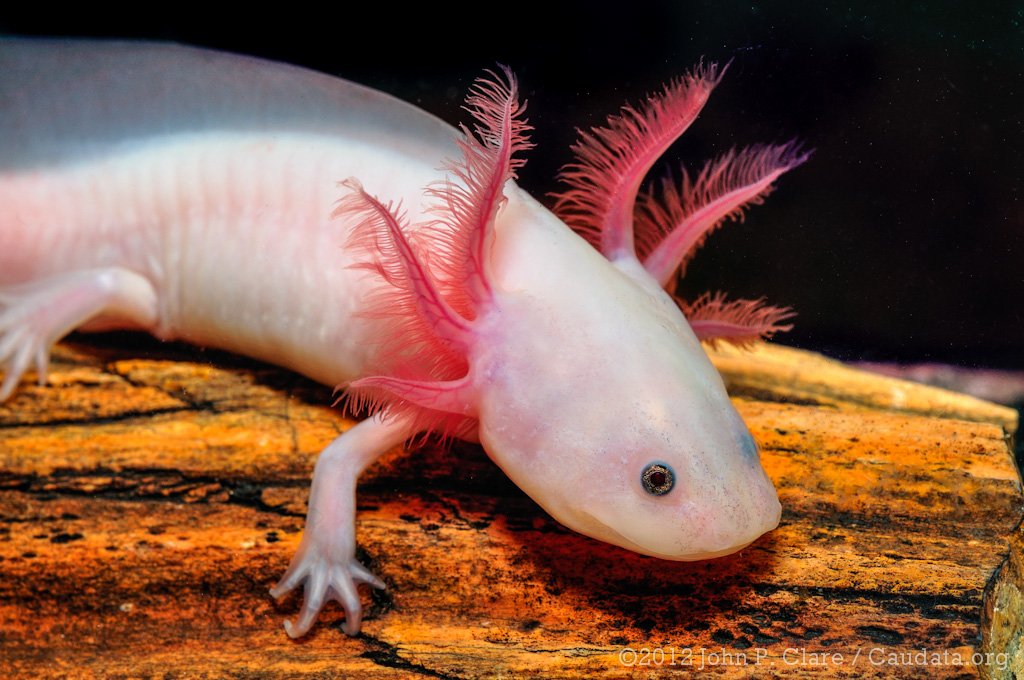
Consumer preferences ultimately drive breeding decisions in the exotic pet industry, creating both problems and potential solutions. The current market often rewards visual novelty, with buyers willing to pay premium prices for animals with unusual appearances regardless of potential health implications. This demand creates powerful incentives for breeders to produce ever more striking variations. However, educated consumers can also drive positive change by prioritizing health and ethical considerations in their purchasing decisions.
As information about health issues associated with certain morphs becomes more widely available, segments of the market have begun shifting toward breeds with fewer known complications. This consumer-driven approach represents a potential pathway to improved breeding practices without requiring regulatory intervention.
Responsible Breeding Approaches
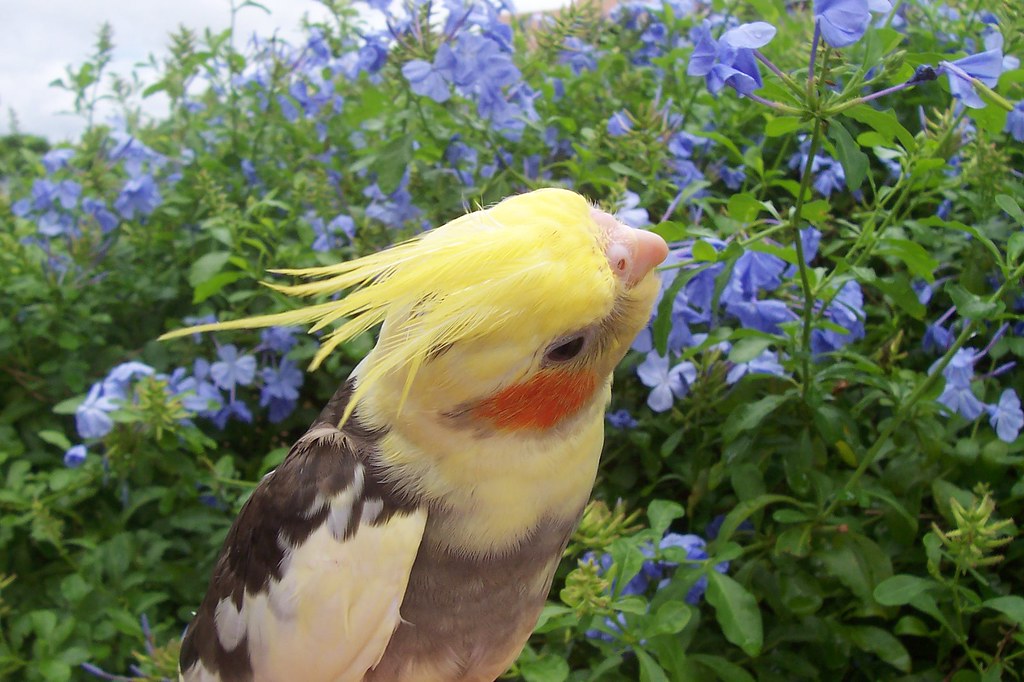
Within the exotic pet community, responsible breeders are developing approaches that balance aesthetic considerations with health priorities. These methods include rigorous testing for known genetic issues before breeding, maintaining careful records of lineage to minimize inbreeding, and participating in collaborative research efforts to better understand inheritance patterns. Some breeders voluntarily refrain from propagating morphs with documented health problems, even when these variants remain commercially valuable.
Responsible breeding also involves transparency with potential buyers about known and potential health concerns associated with particular genetic lines. These practices demonstrate that exotic animal breeding can potentially evolve toward greater emphasis on health without abandoning the diversity that attracts enthusiasts to these species.
The Veterinary Perspective

Veterinarians specializing in exotic animals occupy a unique position in the debate over breeding practices. Many report increasing clinical challenges related to genetic conditions in captive-bred exotic pets, particularly in popular species like bearded dragons, ball pythons, and sugar gliders. Veterinary professionals often observe the long-term consequences of breeding decisions made years earlier, providing crucial feedback on health outcomes that might otherwise go undocumented.
Organizations like the Association of Reptile and Amphibian Veterinarians have published position statements encouraging breeding practices that prioritize health and discourage perpetuating mutations with negative welfare impacts. Veterinary perspectives emphasize that many health issues in exotic pets develop gradually, making immediate assessment of new morphs difficult and highlighting the need for longitudinal studies rather than market-driven validation.
Education and Informed Ownership
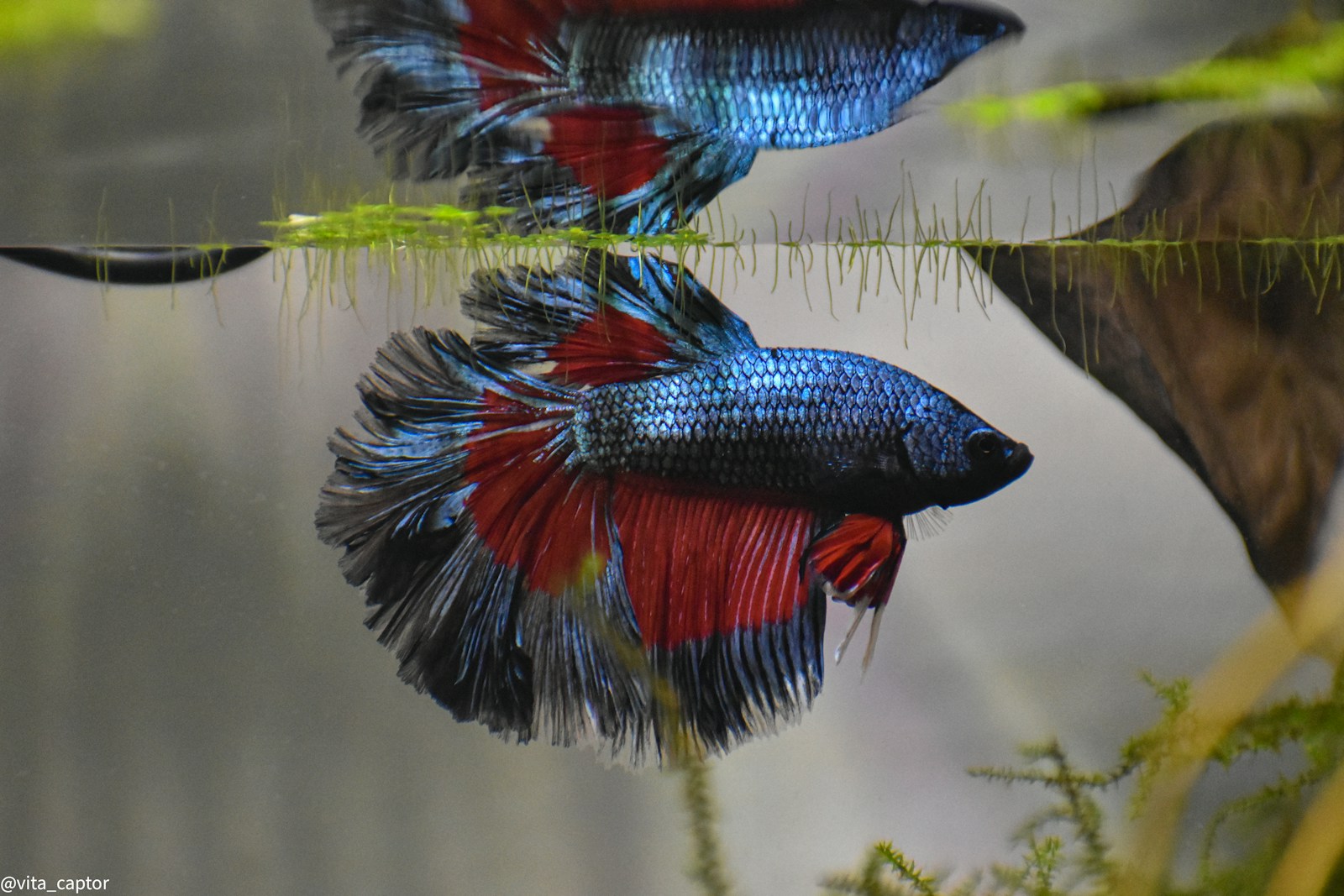
Education represents a critical component in shifting breeding priorities toward health considerations. Prospective exotic pet owners often enter the market with limited knowledge about genetic health issues, making decisions based primarily on appearance and price. Improving access to accurate, unbiased information about known health concerns associated with specific morphs enables consumers to make more responsible choices. Hobbyist forums, specialty publications, and reptile expos increasingly feature educational components addressing genetic health alongside showcasing interesting varieties.
Some exotic pet communities have developed mentoring programs pairing experienced keepers with newcomers to transmit knowledge about responsible ownership and breeding practices. These educational efforts demonstrate the potential for community-based approaches to improving animal welfare standards.
Finding Balance: Beauty and Health
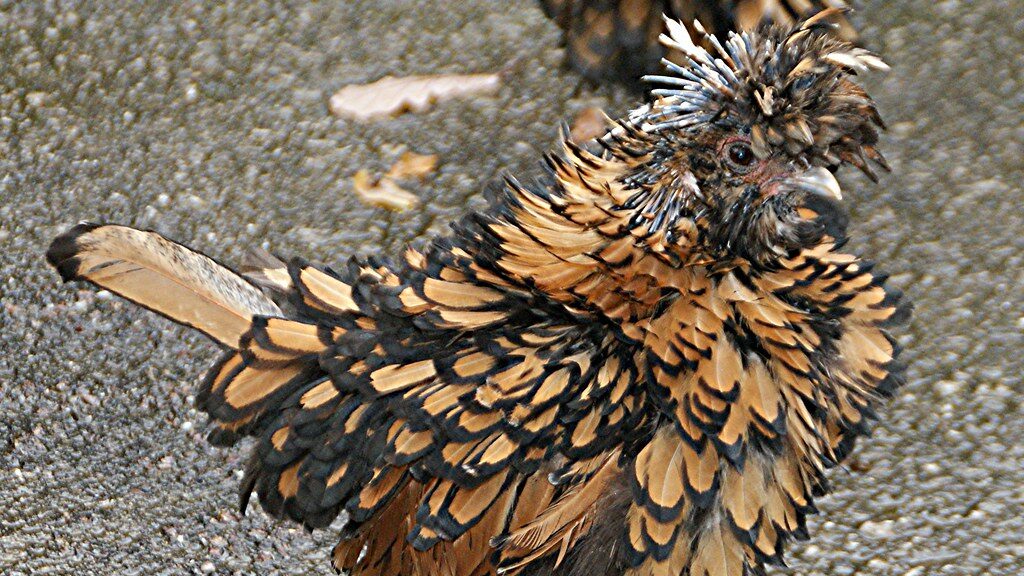
The dichotomy between beauty and health in exotic pet breeding may ultimately prove false, as the most sustainable approach incorporates both considerations. The healthiest breeding programs typically maintain connection to wild-type genetics while carefully introducing and testing variations to ensure they don’t compromise welfare. This balanced approach recognizes that responsible breeding can preserve the fascinating diversity that attracts people to exotic species while respecting each animal’s biological needs.
Some breeders demonstrate this balance by developing distinctive lines that maintain robust health, proving that visual appeal need not come at the expense of welfare. The exotic pet community’s growing acknowledgment that truly beautiful animals must also be healthy suggests an evolving understanding of responsible stewardship.
The Future of Exotic Pet Breeding
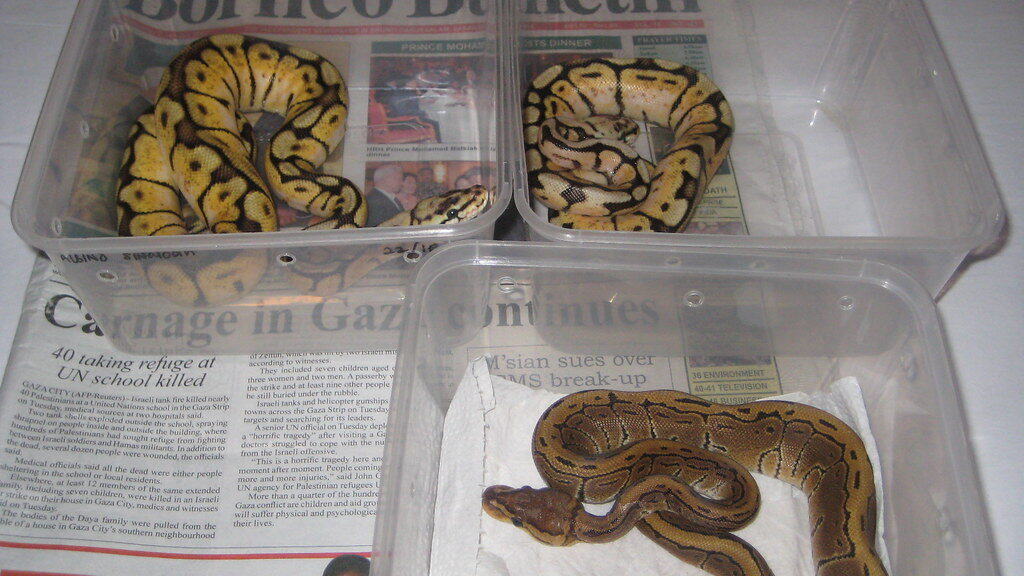
The trajectory of exotic pet breeding practices will likely be shaped by a combination of market forces, scientific advances, and ethical reconsideration. Genetic testing technologies increasingly allow breeders to identify carriers of problematic genes before breeding, potentially enabling more informed decisions. Consumer preferences appear to be gradually shifting toward greater consideration of welfare alongside appearance, particularly among experienced keepers. Industry self-regulation continues to evolve, with breeder associations developing more comprehensive standards addressing both health and aesthetics.
The future may see greater collaboration between breeders, veterinarians, and researchers to document and address health challenges in popular exotic species. While complete resolution of tensions between appearance and health seems unlikely, the trend toward greater balance offers hope for improved welfare standards.
The question of whether we’re breeding exotic pets for beauty or health ultimately reveals a complex landscape where multiple priorities compete for influence. While appearance-focused breeding continues to drive significant portions of the market, growing awareness of health consequences has sparked important conversations about responsible practices. The most promising path forward likely involves neither abandoning the diversity that makes exotic pets appealing nor ignoring the welfare implications of our breeding choices.
Instead, a thoughtful integration of aesthetic appreciation with genuine concern for animal well-being offers the best hope for an exotic pet industry that respects both human desires and animal needs. As this industry continues to evolve, the choices of breeders, consumers, and regulators will collectively determine whether beauty and health can become complementary rather than competing priorities.

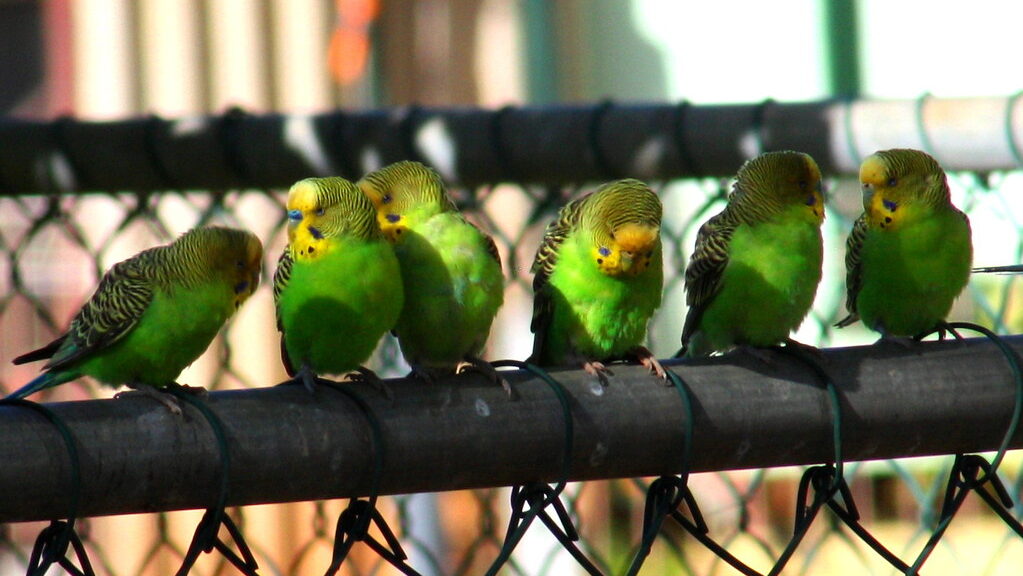





Leave a Reply